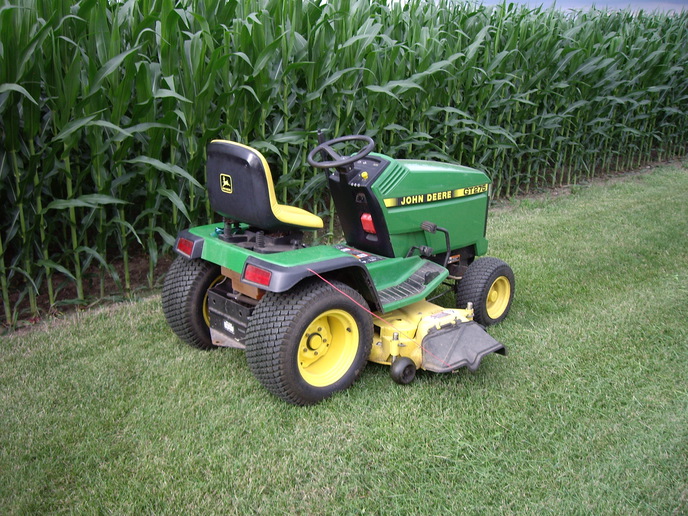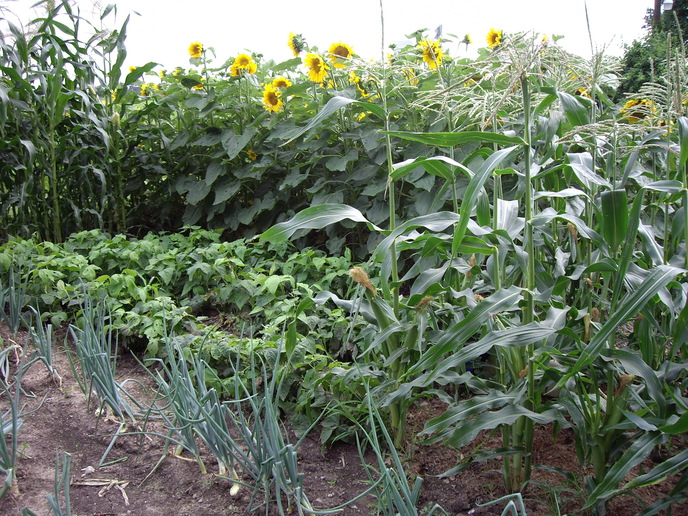Adirondack case guy
Well-known Member
For the last several years I have been noticing that the tops in our maples have been dieing off, and eventually killing what were healthy trees. The top limbs die and then the woodpeckers show up.
The first pic is a maple in my back yard. The center top core of the tree is dead, and outer limbs that leaved out are now dieing. The sugar maples seam to be the only species being affected. All summer, something has been foraging on the leaves.
I have been cutting my firewood and found these critters deep in the center of the blocks that I am splitting.
The critters that came out of the blocks are about 1-2" long, with an equal wing span. The bugs are still imature and either in worm form or developed, but can't fly yet. They seam to be intombed there, as there is no hole for them to crawl out, and no sign of how they got inbedded so deeply in the blocks of wood.
Can anyone identify these critters?
Our extension agent is coming here this afternoon to collect some of the critters and send them to the forestry lab.
Loren, the Acg.
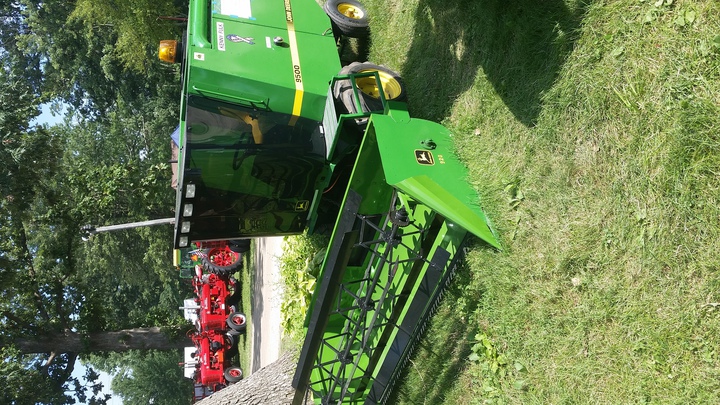
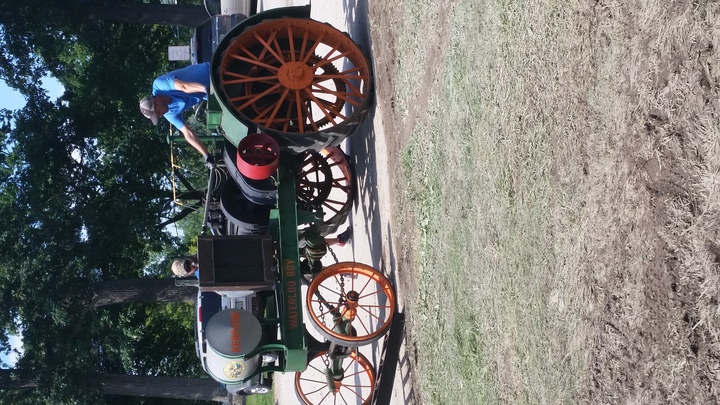
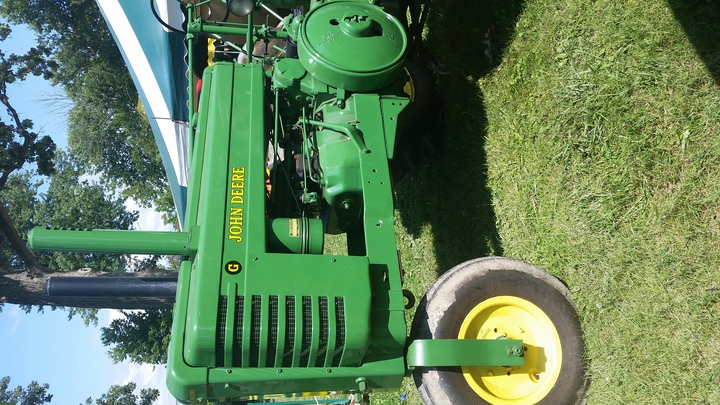
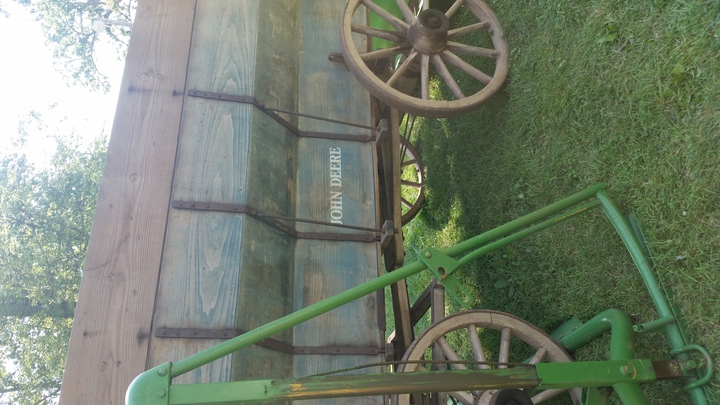
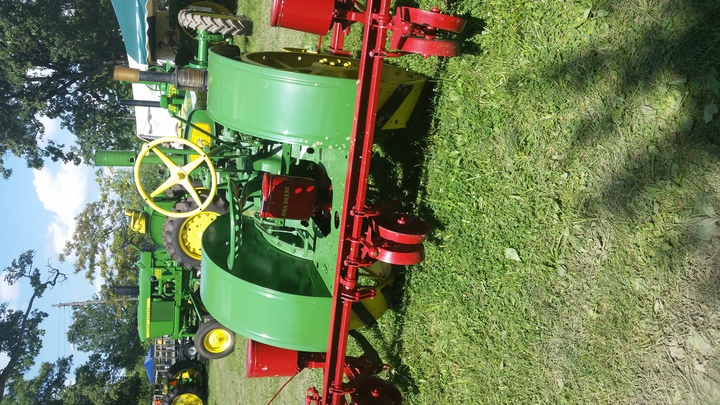
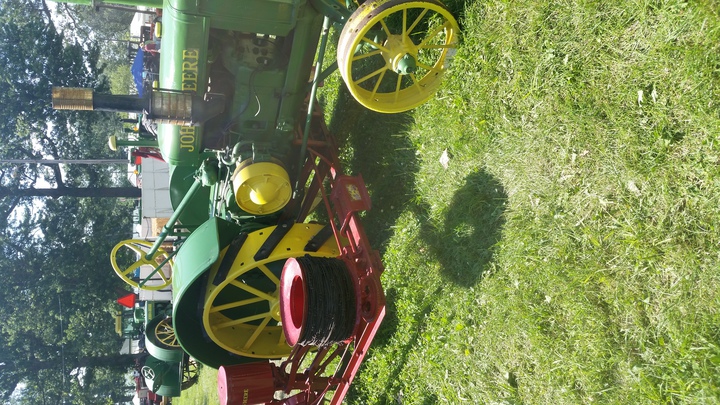
The first pic is a maple in my back yard. The center top core of the tree is dead, and outer limbs that leaved out are now dieing. The sugar maples seam to be the only species being affected. All summer, something has been foraging on the leaves.
I have been cutting my firewood and found these critters deep in the center of the blocks that I am splitting.
The critters that came out of the blocks are about 1-2" long, with an equal wing span. The bugs are still imature and either in worm form or developed, but can't fly yet. They seam to be intombed there, as there is no hole for them to crawl out, and no sign of how they got inbedded so deeply in the blocks of wood.
Can anyone identify these critters?
Our extension agent is coming here this afternoon to collect some of the critters and send them to the forestry lab.
Loren, the Acg.








